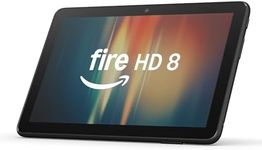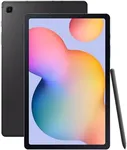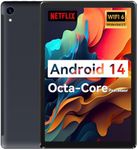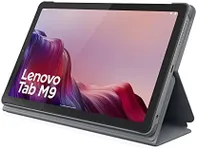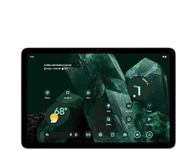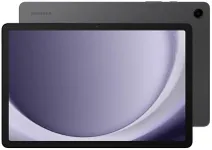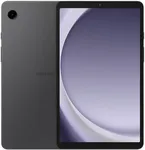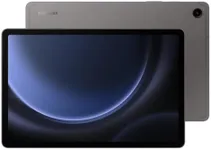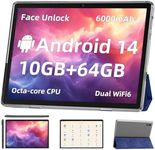Buying Guide for the Best Cheap Android Tablets
When it comes to buying a cheap Android tablet, it's important to balance affordability with functionality. You want a device that meets your needs without breaking the bank. To make an informed decision, you should consider several key specifications. These specs will help you understand the tablet's performance, usability, and overall value. Here's a breakdown of the most important specs to look at and how to choose the right one for you.Display Size and ResolutionThe display size and resolution determine how large and clear the screen will be. Display size is measured diagonally in inches, and common sizes range from 7 to 10 inches for budget tablets. A larger screen is better for watching videos and browsing, while a smaller screen is more portable. Resolution, measured in pixels, affects the sharpness of the display. Higher resolution means clearer images and text. For a budget tablet, aim for at least 1280x800 pixels to ensure a decent viewing experience.
ProcessorThe processor, or CPU, is the brain of the tablet and affects how smoothly it runs apps and performs tasks. Budget tablets typically have quad-core or octa-core processors. Quad-core processors are sufficient for basic tasks like web browsing and streaming, while octa-core processors offer better performance for multitasking and gaming. Consider your usage: if you plan to use the tablet for simple tasks, a quad-core processor will suffice. For more demanding applications, an octa-core processor is a better choice.
RAMRAM (Random Access Memory) is crucial for multitasking and running apps smoothly. More RAM allows the tablet to handle more tasks at once without slowing down. Budget tablets usually come with 2GB to 4GB of RAM. For basic use like reading, browsing, and streaming, 2GB of RAM is adequate. If you plan to use multiple apps simultaneously or play games, opt for a tablet with 3GB or 4GB of RAM for better performance.
StorageStorage capacity determines how much data you can store on your tablet, including apps, photos, videos, and documents. Budget tablets often come with 16GB to 64GB of internal storage. If you store a lot of media or download many apps, look for a tablet with at least 32GB of storage. Additionally, check if the tablet has a microSD card slot, which allows you to expand storage capacity easily and affordably.
Battery LifeBattery life indicates how long the tablet can be used on a single charge. It's usually measured in milliampere-hours (mAh) or estimated usage hours. For budget tablets, aim for a battery life of at least 6 to 8 hours of active use. This ensures you can use the tablet throughout the day without needing frequent recharges. Consider your usage patterns: if you plan to use the tablet for extended periods, prioritize longer battery life.
Operating System VersionThe operating system (OS) version affects the tablet's features, security, and compatibility with apps. Android tablets come with different versions of the Android OS. Newer versions offer better performance, security updates, and access to the latest apps. For a budget tablet, look for one running at least Android 9.0 (Pie) or later. This ensures you have a relatively up-to-date system with good app compatibility and security features.
Camera QualityCamera quality is important if you plan to take photos, video chat, or use the tablet for scanning documents. Budget tablets typically have basic cameras with lower megapixel counts. A rear camera with at least 5MP and a front camera with 2MP are common in budget models. If camera quality is a priority for you, look for higher megapixel counts and additional features like autofocus and flash. However, if you only need the camera for occasional use, basic specs will suffice.
Build Quality and DesignBuild quality and design affect the tablet's durability and how comfortable it is to use. Budget tablets may use plastic materials, which can be less durable than metal or glass. Look for a tablet with a solid build and a design that feels comfortable in your hands. Consider factors like weight and thickness, especially if you plan to carry the tablet around frequently. A well-built tablet will last longer and provide a better user experience.
